How country music's biggest artists and moments in the 1950s shaped the genre forever.
By Katie Quine
In the 1950s, country music continued to benefit from commercial success thanks to post-war prosperity. While the ’50s were generally regarded as a feel-good era in America, country music was ironically dominated by tear-in-my-beer honky-tonk songs in the first portion of the decade.
In both art and life, no other artist could hit on heartache and tragedy in quite the same way that Hank Williams did. Songs like “Your Cheatin’ Heart” and “I’m So Lonesome I Could Cry” earned Williams the nickname of “Hillbilly Shakespeare.” Decades after his untimely passing at the height of his fame in 1953, Williams remains as one of the most fabled icons the genre has ever known.

Meanwhile, women began to carve out a space for themselves in the genre, too. Kitty Wells made history as the first woman to have a No. 1 country single with her 1952 breakout hit “It Wasn’t God Who Made Honky Tonk Angels.” Controversial and searing, the song was a response to Hank Thompson’s “Wild Side of Life” and set the trend for answer songs.
Wells may have been country’s first queen, but Patsy Cline was soon to follow and emerged as an indelible part of the “Nashville sound,” a polished subgenre that dominated radio airwaves in the late 1950s and early 1960s. With melodies like “Crazy” and “Sweet Dreams,” Cline remains as one of the genre’s most recognizable voices, even today. Behind the scenes in this era, producers like Chet Atkins played an important part in putting Nashville on the map by striving for a compromise between traditional country sounds and commercially-appealing pop. A frequent performer on the Grand Ole Opry, Atkins got to know many fellow artists, who he would handpick for recording sessions.

In many ways, the Nashville sound was the traditionalist’s answer against “rockabilly,” a fusion of rhythm-and-blues music and “hillbilly” music that was gaining traction, particularly among younger audiences. The electrified panache of rockabilly artists like Elvis Presley drew criticism among purists. While the man who would later become known as “The King” had a hard time catching a break in Nashville, one rockabilly artist signed under the same record label would capture the hearts of country enthusiasts and rock ‘n’ roll fans alike: Johnny Cash. His first major hit, “I Walk The Line,” which was recorded in 1956, bridged the gap between the two genres, suggesting at his widespread appeal in the decades to follow.

The evolution of the genre in the 1950s was perhaps best captured at the Opry, where it wasn’t uncommon to see honky-tonk, bluegrass, and rockabilly artists perform in succession of each other. In many ways, what happened in this decade would set the stage for some of country music’s biggest moments.
,
Stay In Touch
Skip the FOMO, we’ll make sure you don’t miss a thing! Sign up for exclusive updates, events, and offers – just for fans like you.






